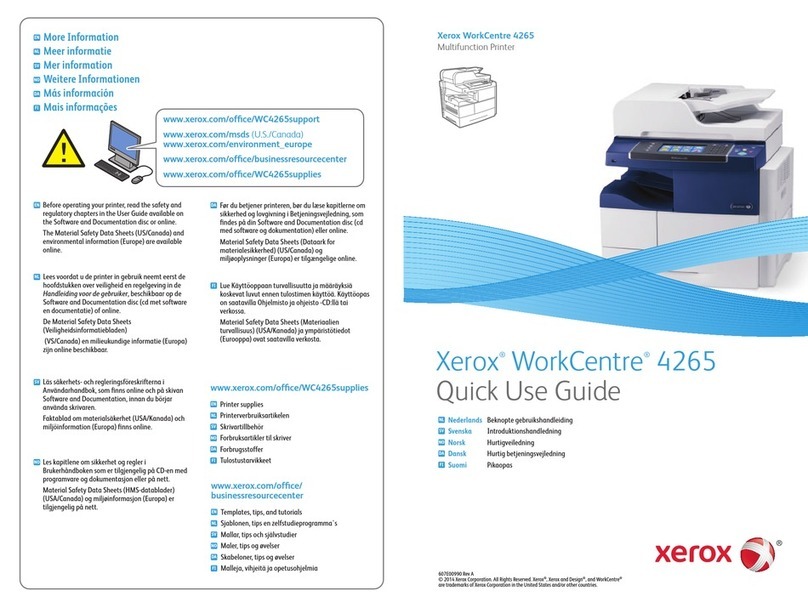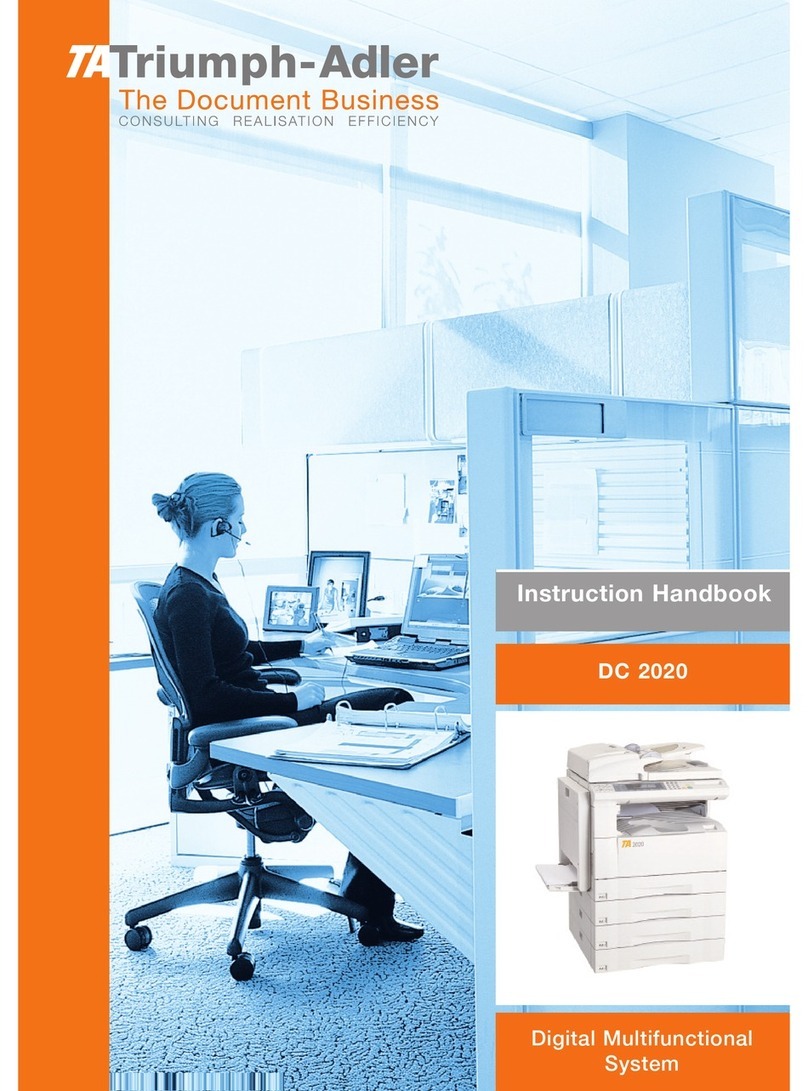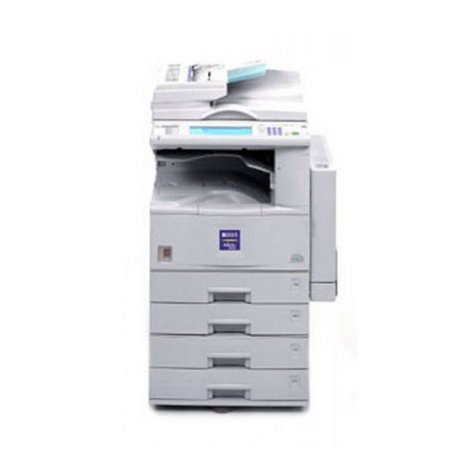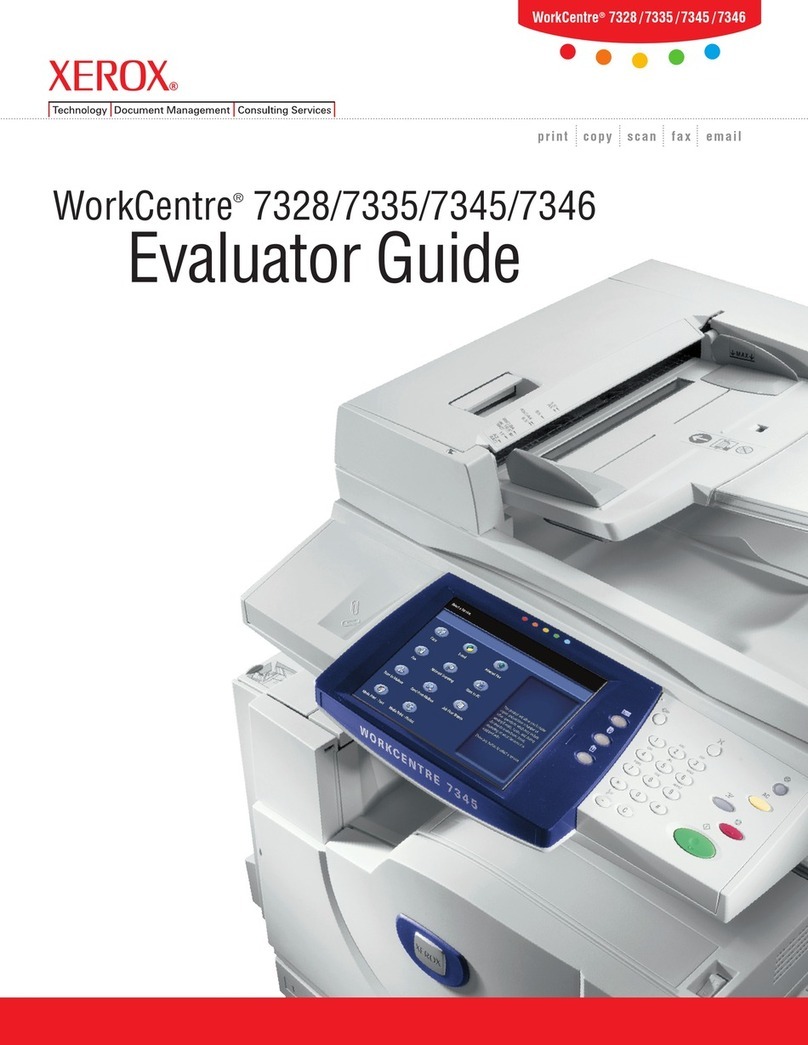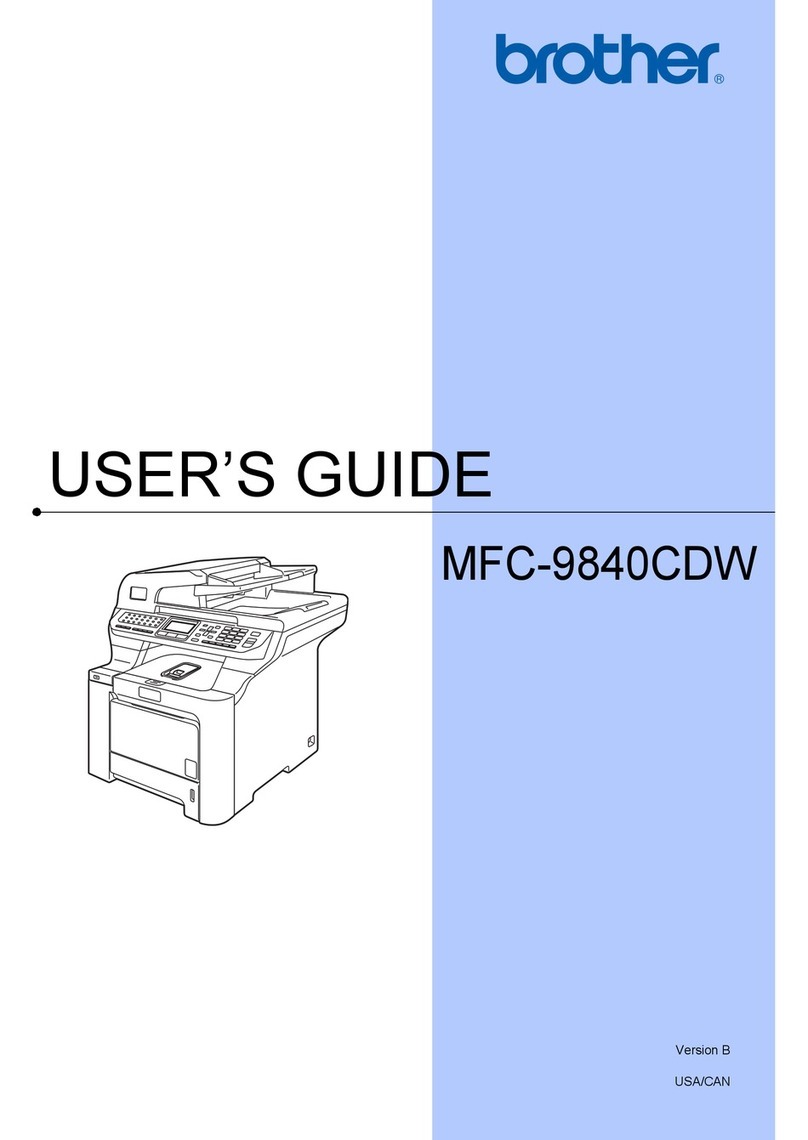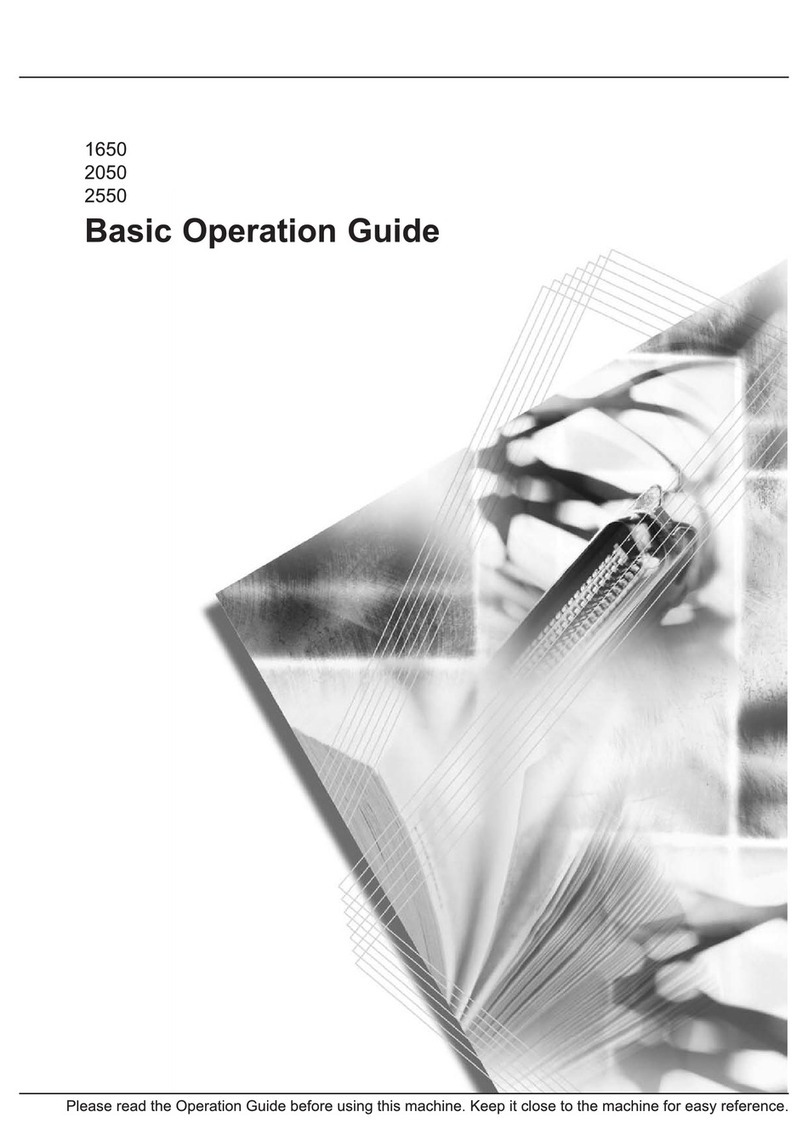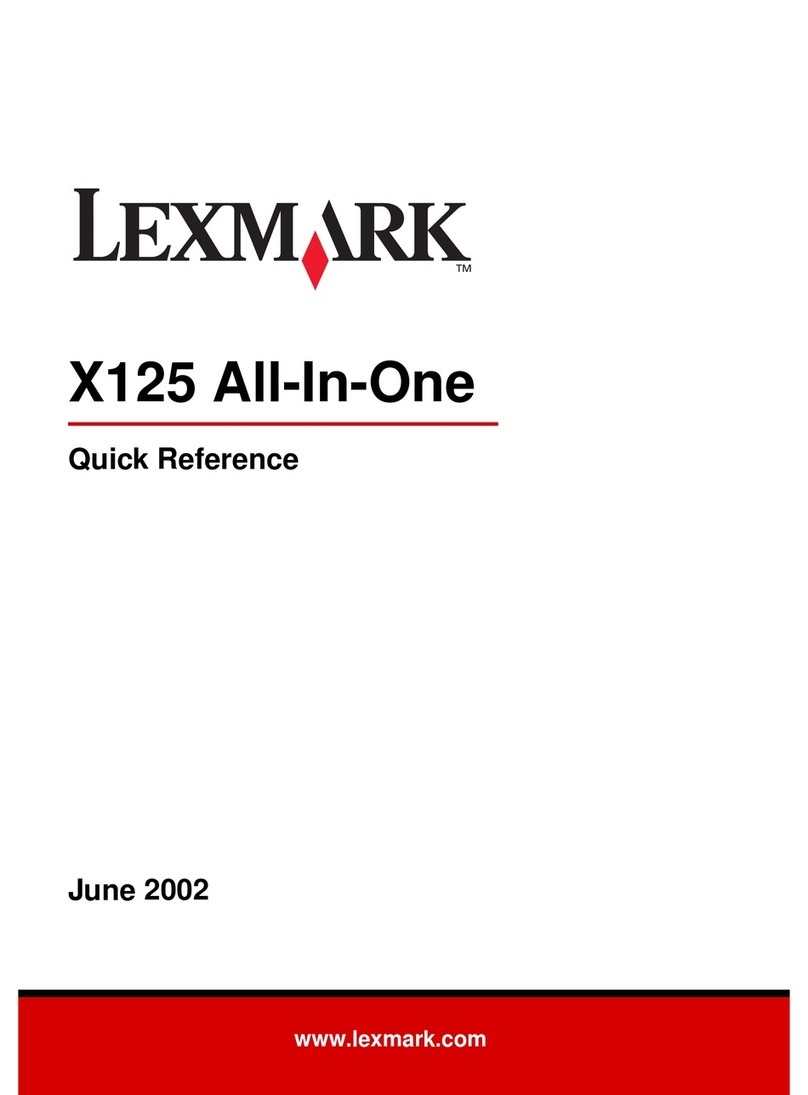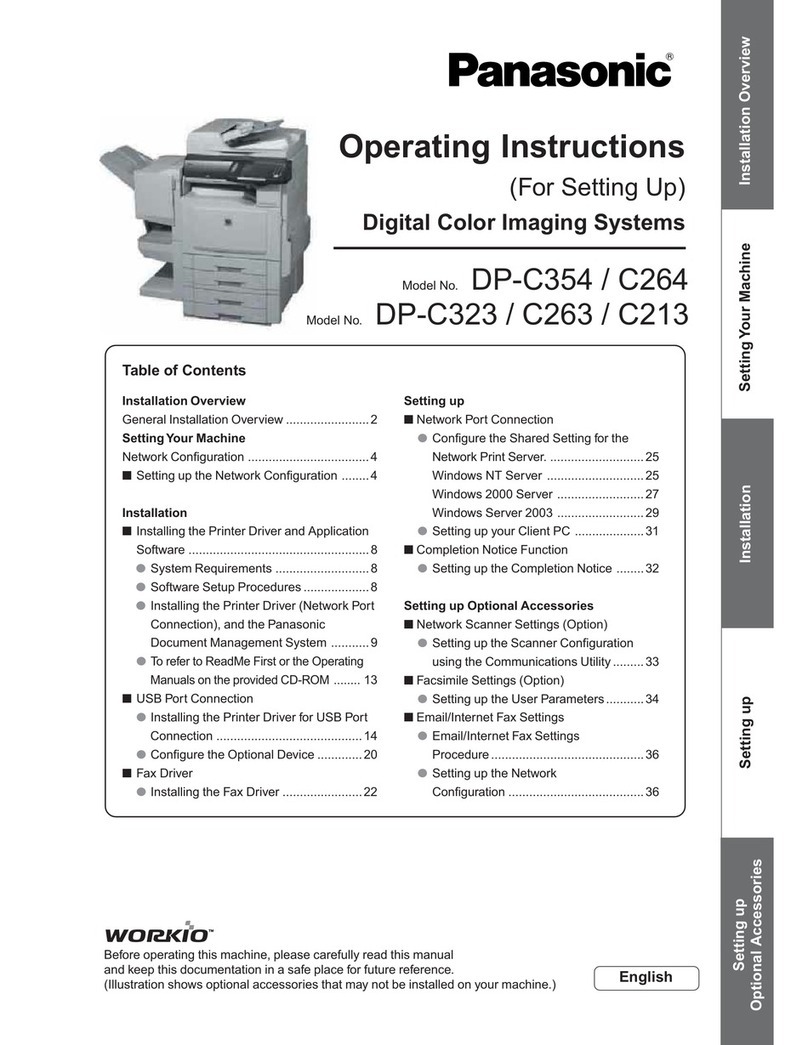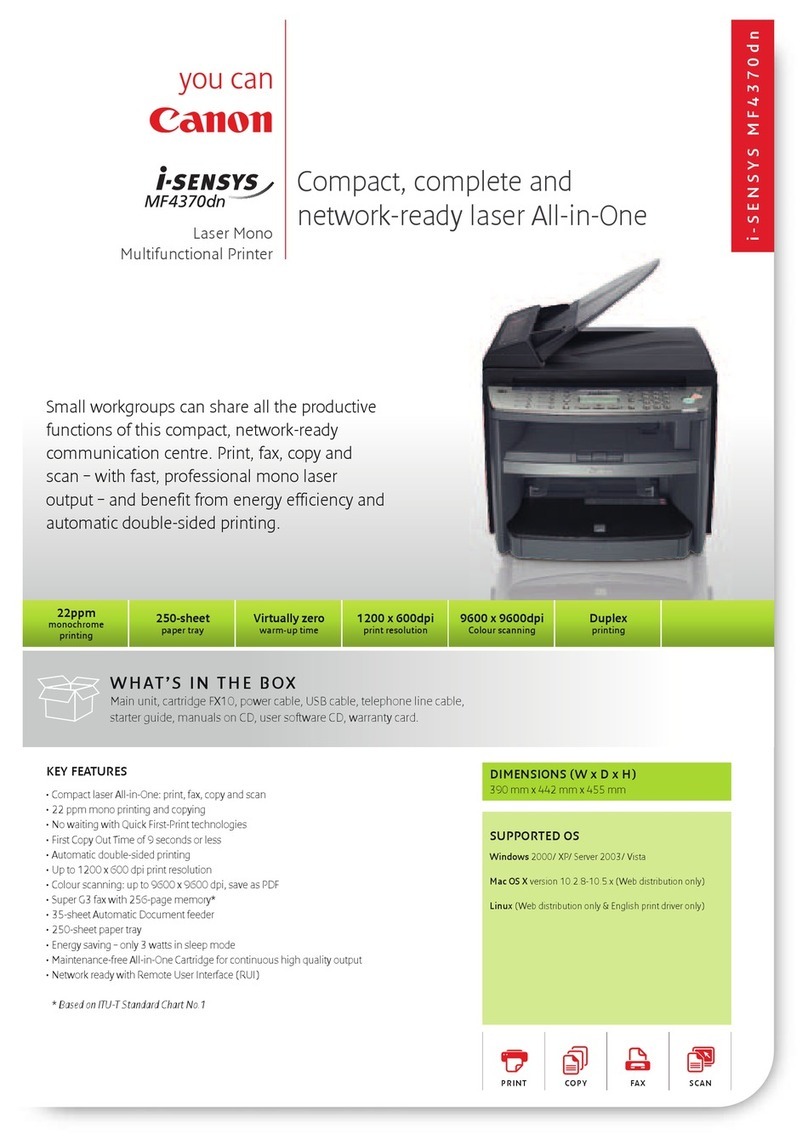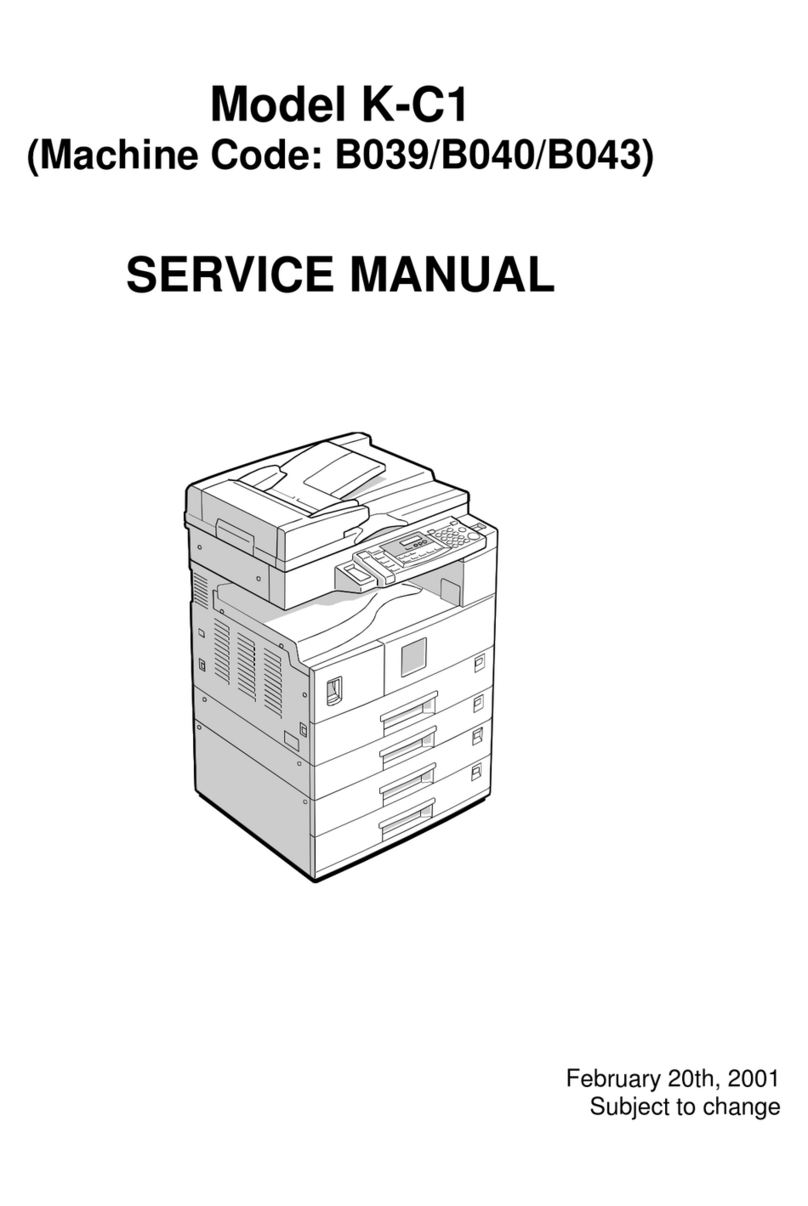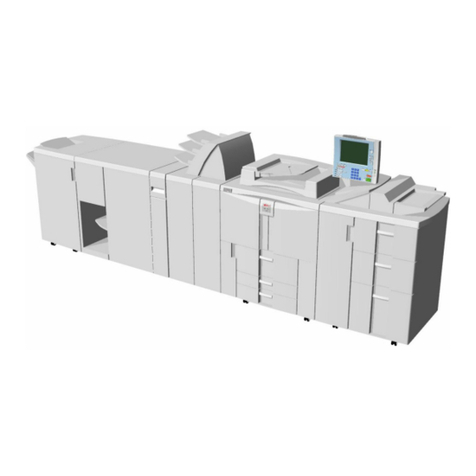SIUI CTS-900 User manual

DCY2.782.900SS/V6.0/A-E
CTS-900
Digital Ultrasound Imaging System
OPERATION MANUAL


I
CONTENTS
Preface …………………………………………………………………………………… III
1. Application Scope, Operation Conditions, Safety and Cautions…………. 1-1
1.1 Application Scope……………………………………………………………......... 1-1
1.2 Operation Conditions…………………………………………………………….... 1-1
1.3 Power Requirements……………………………………………………………..... 1-2
1.4 Safety……………………………………………………………............................ 1-3
1.5 Cautions……………………………………………………………........................ 1-4
1.6 Classification…………………………………………………………..................... 1-6
2. System Composition, Principle and Specification…………………………… 2-1
2.1 System Composition and Operation Principle…………………………………. 2-1
2.2 Specification….…………………………………………………………………… 2-2
3. Introduction to Components………………………………………………..... 3-1
3.1 System Configuration……………………………………………………………… 3-1
3.2 Introduction to Component Parts…………………………………………………. 3-2
4. Installation, Inspection and Maintenance………………………………………... 4-1
4.1 System Installation…………………………………………………………………. 4-1
4.2 Inspection and Maintenance……………………………………………………… 4-4
5. System Setup………………………………………………………………………….. 5-1
5.1 Operation Method for System Setup Menu……………………………………… 5-1
5.2 Setup Menu and Methods…………………………………………………………. 5-1
6. Imaging…………………………………………………………………………………. 6-1
6.1 Preparation…………………………………………………………………………. 6-1
6.2 Selecting Probe Frequency and Exam Type…………………………………… 6-1
6.3 Preliminary Imaging………………………………………………………………... 6-5
6.4 Adjusting Image……………………………………………………………………. 6-8
6.5 Changing Image Display Range…………………………………………………. 6-11
6.6 Image Processing………………………………………………………………….. 6-11
7. Annotation of Image Information………………………………………………….. 7-1
7.1 Inputting Patient Information……………………………………………………… 7-1
7.2 Adding Annotation on Image……………………………………………………… 7-3

II
7.3 Body Mark…………………………………………………………………………... 7-8
8. Measurement and Calculation……………………………………………………… 8-1
8.1 Key and Menu for Measurement & Calculation…………………………………. 8-1
8.2 Display and Clear of Meas/Calc Result………………………………………….. 8-15
8.3 Operation of Meas/Calc…………………………………………………………… 8-16
9. CineLoop, Image Storage and Print……………………………………………..... 9-1
9.1 Cineloop…………………………………………………………………………….. 9-1
9.2 Quickly Store and Recall of Image………………………..……………………… 9-1
9.3 File Storage…………………………………………………………………………. 9-2
9.4 Search Disk Directory……………………………………………………………... 9-6
9.5 Print Image………………………………………………………………………….. 9-6
10. Maintenance, Troubleshooting, Transport and Storage………………………. 10-1
10.1 System Maintenance………………………………………………………………. 10-1
10.2 Troubleshooting……………………………………………………………………. 10-1
10.3 Contact Information of SIUI Service Department……………………………... 10-3
10.4 Transport and Storage Condition………………………………………………… 10-3
10.5 Disposal……………………………………………………………………………... 10-3
Appendix A: Abbreviation……………………………………………………………… A-1
Appendix B: Touchpad Function Indication………………………………………. B-1
Appendix C: Description of Symbol…………………………………………………. C-1
Appendix D: Acoustic Output Parameter…………………………………………… D-1
Appendix E: Range, Precision and Accuracy of Adjustment/Display
Parameters…………………………………………………………… E-1
DCY2.782.900SS/V6.0/A-E

Preface
III
Preface
To use this system correctly and safely and to ensure a long life, the user should
thoroughly understand the functions, operations, instructions as well as its maintenance.
Please read the information in this manual carefully before using the system.
This system has been designed and manufactured safely for the operators and patients.
However, for ensuring safety and reliability, please pay attention to the following
instructions:
a) This system should be operated only by or under the guidance of a qualified
person.
b) This system belongs to internally powered equipment, Type BF according to IEC
60601-1: 2005. Please operate this system by following the safety requirements
described in Chapter 1.
c) Do not try to remodel the system. If necessary, contact our agent or us for help.
d) The system has been completely adjusted and fixed before delivery. Do not try to
readjust any adjustable parts that have been well fixed.
e) If any abnormality occurs during operation, turn off the power supply immediately
and contact our agent or us for help.
f) Any peripheral devices connected to the analog or digital interfaces must be in
compliance with relevant IEC standards (e.g. IEC 60950 for data processing
equipment and IEC 60601-1 for medical equipment). Furthermore all configured
connections shall comply with the valid version of IEC 60601-1-1 on system
standard. Anyone who connects peripheral devices to the system IN/OUT ports
shall ensure that the whole system complies with requirements of the valid version
of IEC 60601-1-1. If in doubt, consult the technical service department or your local
representative.
g) The system does not provide special protection functions or measures for use with
high frequency operation equipment. The users should be cautious for such
application.
h) This Operation Manual may be slightly different from that of your equipment due to
system software version, as well as configuration of options and accessories. The
actual system that you purchase shall prevail.
i) The company shall be responsible for accuracy and integrity of this Operation

Preface
IV
Manual.
j) The company reserves the final right to interpret this Operation Manual.

Application Scope, Operation Conditions, Safety and Cautions
1-1
Chapter 1
Application Scope, Operation Conditions,
Safety and Cautions
1.1 Application Scope
The system is a general-purpose diagnostic ultrasound imaging system designed exclusively
for use in a wide variety of extracorporeal body imaging procedures. A general-purpose
system supports various transducers and related application software packages allowing for
the collection, display and analysis of ultrasound information. Usages include, e.g.
general-purpose imaging, cardiac, OB/GYN, breast, prostate, vascular, intra-surgical,
depending on the operating system specific software packages and compatible ultrasound
transducers (this product does not support intra-surgical and endocavity transducers).
1.2 Operation Conditions
a) This system should be operated under the following ambient conditions for the safe and
correct operation:
zAmbient Temperature: 0℃to 40℃
zRelative Humidity: 30% to 85%
zAtmospheric Pressure: 700hPa to 1060hPa.
【Note 1】: If the operation condition is beyond the ranges above, no correct ultrasonic
images are ensured.
【Note 2】: If the system is stored for a long time, the ventilation of the stored place shall be
considered.
【Note 3】:The system is air cooled with a fan.
b) Strong sources of radiated emissions or electromagnetic waves, from broadcast & TV
station for instance, may cause the system to operate incorrectly or to display with noise.

Application Scope, Operation Conditions, Safety and Cautions
1-2
The system must be separated from such emission sources or electromagnetic waves.
c) Do not operate this system while other devices are operating with motor or silicon
controlled switch in the same power phase; otherwise, noise will disturb your system
through power cable.
1.3 Power Requirements
Never use this system when the power supply does not meet the requirements specified
below, otherwise, the system may be damaged.
a) Main Unit Power Voltage:
Battery: DC12V-16.8V, or
External Power Adapter: DC12V±1.2V
b) Accessories Power Voltage:
Adapter External Power Supply: 100V-240V~;
Battery Charger External Power Supply: DC12V±1.2V.
c) Power Frequency: 50Hz±1Hz or 60Hz±1Hz for power adapter.
d) If the non-medical electrical equipment, supplied as a part of the system, is intended to
be supplied via a multiple portable socket-outlet with a separating transformer, the direct
connection of the non-medical electrical equipment to the wall outlet may result in risks;
e) Do not connect any additional removable multiple socket or cables to the removable
multiple socket used by the system devices or to the system devices;
f) Do not connect any accessories or devices that are not described in this manual to the
unit or the system built up as per this manual. Otherwise it would lead to unexpected
danger;
g) When the system built up as per this manual is in use, all the device power plugs shall
be connected to the same special removable multiple socket. If the removable multiple
socket is supplied by a special power device, the power device shall comply with
IEC60601-1 and IEC60601-1-1 requirements. The removable multiple socket used for
the system shall comply with requirements in Annex EEE of IEC60601-1-1.
h) Do not place the removable multiple socket on the ground, otherwise, it may result in
danger;
i) The maximum load capacity of the removable multiple socket shall not be less than the

Application Scope, Operation Conditions, Safety and Cautions
1-3
total load of all devices consisting of the system, or it may result in danger.
Tip: In regions where mains supply is not stable, it is recommended to use power
supply from a stabilizer with output power of 120VA, so as to avoid damage to
the system due to mains fluctuation.
1.4 Safety
This system has been designed and manufactured in compliance with international standard
IEC 60601-1:2005. To operate it correctly and safely, please follow the instructions below:
a) This system is not explosion-proof. Do not operate it in a flammable or easy explosive
environment (e.g. in the presence of anesthetics gas, oxygen or hydrogen);
b) This system is not waterproof. Never allow water or other liquid to drip on to the system;
c) This unit needs a protective grounding device. Its power cable must be connected to a
grounding socket. If the system is powered by a power supply without grounding, its
equipotential terminal must be connected to the equipotential terminal on another
grounded system or an additional grounded device. Do not use the system where no
ground terminal is available;
d) Biological safety: The same as other diagnostic ultrasound products, the material used
for this product is proved to be innocuous through a long-period trial. It will not result in
allergy and stimulation to human body and skin;
e) Ultrasound safety: ALARA (As Low As Reasonably Achievable) principle should be
observed. Patients should always be exposed to the lowest practical transmit power
levels for the shortest possible time. Freeze the system or keep the probe away from the
patient if no scanning is done. Do not examine the patient with the probe on a fixed
position of the body for a long time; please check the display of acoustic output and MI,
when powering on the system, inputting new patient ID or shifting from non-fetal to fetal
application.
WARNING: To avoid the risk of electric shock, this equipment must only be

Application Scope, Operation Conditions, Safety and Cautions
1-4
connected to a supply mains with protective earth.
1.5 Cautions
a) While operating the system, please follow the methods and procedures described in
this manual;
b) Always turn off the system and protect it with a dust-proof cover whenever the system
is not in use;
c) The system should be operated in a clean environment. Avoid operating it in a place
with direct sunshine, impetuous temperature change, full of dust, close to heat source
or high humidity; do not put anything on top of the main unit;
d) Avoid severe vibration; otherwise the components in the system might be damaged;
e) Before connecting or disconnecting probe(s), firstly ensure that the main unit is set in
frozen state. It would be better to turn off the main unit power supply;
f) Freeze the image whenever no exam is performed;
g) All endocavity probes, when in use, should be covered with probe cover compliant to
ISO4074:2002. Biological warning for probe cover: If the covers used for endocavity
probes are condoms, they should be nonlubricant and nonmedicated. Practitioners
should be aware that condoms have been shown to be less prone to leakage than
commercial probe covers, have a six-fold enhanced AQL (acceptable quality level)
when compared with standard examination gloves. Their AQL equals to that of
surgical gloves. Users should be aware of latex-sensitivity issues and have available
nonlatex-containing covers. DO NOT have any chemical substance (e.g. lubricant)
contact the silica keypad of the operation panel, so as to prevent the silica keypad
from swelling;
h) The transducer assembly specific to endo-cavity use shall be not excited when it is
out of the patient’s body. Otherwise, such excitation does not comply with EMC
requirements, which might result in harmful interference to other device(s) in the
environment;

Application Scope, Operation Conditions, Safety and Cautions
1-5
i) For instructions on probe disinfection and protection, follow the description in 4.2.9;
j) It is prohibited to scan eyes with the probe. Keep the acoustic power as low as
reasonably achievable (ALARA). Scan the body only in a period required for making
the diagnosis, rather than scan the body for a long time. An extended scan might
result in harm to personal health. Provided that clinical indications are required, the
system operator shall be fully acquainted with acoustic output or be accessible to
relevant thermal index. Pay special attention to minimize exposed acoustic power and
exposure period when used on an embryo or a fetus. The endocavity probe, when
exposed in the air and noticeable heat from the probe itself, should not be applied to
endocavity exam;
k) To ensure safety, only qualified ultrasound coupling gel compliant to relevant
standards shall be applied;
l) During examination, in case images are interfered by an AC noise ( the power supply
to the system is from the adapter ) due to the patient, put a shield sheet between the
body and the bed as shown in Fig.1-1, and connect the sheet to the equipotential
terminal of the main unit. The hum-hum interference noise can be eliminated;
m) The system operator should not touch any tangible metal parts of any electronic
device in the patient environment and the patient at the same time;
n) The system does not provide special protection functions or measures for use with
high frequency surgery equipment. The user should be cautious of such application;
o) Shut down the system in correct procedures, otherwise it might result in system data
loss or system failure;
p) Except for the USB port, do not disconnect the system or any other peripheral device
(e.g. a printer) from any plug before the system is turned off, otherwise it may result in
system damage or electric shock;
q) The system is not intended for use with a defibrillator;
r) The system shall not be applied to cardiology directly;

Application Scope, Operation Conditions, Safety and Cautions
1-6
s) Multiple devices, when interconnected, might result in accumulative leakage current
and dangers;
t) Make sure to use the special components provided by SIUI for system component
repair or replacement.
bed
p
atient shield sheet
To the equipoten-
tial terminal of
main unit
Fig.1-1 Lay a shield sheet to eliminate the hum (AC noise) interference
1.6 Classification
a) Protection against electric shock
According to the type of protection against electric shock: Class I equipment;
According to the degree of protection against electric shock: Type BF applied part.
b) Degree of protection against ingress of liquid
The system belongs to IPX0, the probe/transducer head IPX7, and the probe cable
IPX4.

System Composition, Principle and Specification
2-1
Chapter 2
System Composition, Principle and
Specification
2.1 System Composition and Operation Principle
2.1.1 System Composition
The system consists of a main unit, a probe and peripheral devices. The main unit
includes Probe Interface Board, Order and Amplification Board, Digital Processing Board,
Control Platform, Operation Panel, LCD Monitor, Power Supply and Battery. See Fig. 2-1.
Fig. 2-1 System Block Diagram
2.1.2 Operation Principle
The fundamental operation principle of the main unit:
The Probe Interface Board receives transmit excitation signals from the Digital Processing
Board and generates transmit high-voltage pulse through high-voltage drive circuit. The
high-voltage pulse then is transmitted to the working elements of the probe to generate
Probe
Probe
Inter-
face
Board
Digital
Processing
Boar
d
USB Port
Video
Output
Operation Panel
Ultrasound
T/R Front-end
Ima
g
e Data
Control
Main Unit
Batter
y
LCD Monito
r
Control
Platform
Network Port
Order
and
Ampli-
fication
Board
Powe
r
DC 12V
Print Control

System Composition, Principle and Specification
2-2
ultrasound. The echo of the ultrasound from human body is received by the same working
elements and converted into feeble echo electrical signals, which will be transmitted to the
Order and Amplification Board through front-end amplification. There is one-probe
connector available on the Probe Interface Board, to which one probe can be connected.
The Digital Processing Board yields transmit excitation signals of the current transmission
according to control signals received and transmits the signals to the Probe Interface
Board. The pre-amplified echo signals from the Probe Interface Board, sent to the Order
and Amplification Board, is ordered, and transmitted to the Digital Processing Board after
two-stage TGC amplification.
The echo signals are converted into digital signals via ADC by the Digital Processing
Board, and further into digital image signals after a series of processing including beam
forming, aperture control, dynamic apodization, dynamic filter, dynamic range conversion,
demodulation, frame correlation processing and scan conversion, and transmitted to the
Ultrasound Control Platform through the Digital Processing Board.
The Digital Processing Board on the one hand transmits digital image signals to the
Control Platform, on the other hand receives control information from the Control Platform
and generates corresponding control data to achieve control of the front end.
The Control Platform is the managerial center of the whole system, which receives
operation command from the Operation Panel, and control the whole system based on the
current state of the system. The other functions that the Control Platform fulfills also
include measurement and calculation, interface display and video processing,
management of patient data and image, as well as control of storage, printing and
communication.
2.2 Specification
2.2.1 Scan mode: Linear, convex array scanning.
2.2.2 Display mode: B, 2B, 4B, M, B/M, ZOOM B;

System Composition, Principle and Specification
2-3
2.2.3 Probe (Basic Configuration):Multiple frequency convex probe.
2.2.4 Focus Method:
a) Transmitting focusing method: 1 ~ 4 transmitting focus(es) for selection,
16 focusing positions for selection;
b) Receiving focusing method: Continuous dynamic focusing.
2.2.5 Grayscale: 256
2.2.6 Beam-forming Method:
Digital beam forming, continuous dynamic focusing, dynamic aperture, dynamic
apodization.
2.2.7 Display Depth: Max.25.2cm.
2.2.8 Probe Technology:3.5MHz, 5.0MHz, 7.5MHz linear and convex probes.
2.2.9 Imaging Parameter Adjustment:
B gain, M gain, 6-step TGC (Time Gain Compensation, also called “STC”), acoustic power,
focal point number, focal point span, dynamic range, edge enhancement, image
persistence (frame correlation), smooth, LD, etc.
2.2.10 Live ZOOM: 4 magnifications with the max. of X4.0, position selectable.
2.2.11 Display Parameter Adjustment:
Display depth, display angle (for convex probes), display width (for linear probes), image
orientation (left/right reverse, 90° rotation), image polarity (positive/negative), image
grayscale curve, etc.
2.2.12 Full Screen Sweep Speed In M Mode (s/f): 1.25, 2.5, 5.0 and 10.0 for selection.
2.2.13 Cineloop: current stored image cineloop and hard disk cineloop, ≥256 frames,
and the replay speed is selectable.
2.2.14 Image Storage: Hard disk, USB memory stick; Temporal image storage and recall
≥16 frames.

System Composition, Principle and Specification
2-4
2.2.15 Body Mark: more than 90 body marks for selection, with probe mark.
2.2.16 Annotation: not less than 300 system predefined annotations.
2.2.17 System Preset.
2.2.18 Image Screen Display:
a) Display all the parameters related with diagnosis: system model, hospital name,
patient name, patient ID, date, time and week, probe model, exam type, and probe
orientation;
b) Display all the parameters related to imaging: acoustic output power (% or dB),
depth, frame rate, imaging angle/width, focus mark and range, gray scale, probe
operating frequency, TGC curve, depth scale, overall gain, edge enhancement,
frame correlation (persistence), grayscale transform curve, dynamic range, zoom
rate, smooth, LD, etc.
2.2.19 Storage and Record:
a) Hard disk drive, in which images can be stored in the formats of Jpg/ Bmp or
DICOM file and cineloop files in the format of Cine/AVI/CTS;
b) USB storage devices;
c) Transmit and receive images or patient data through DICOM3.0 function;
d) Printer.
2.2.20 Measurement and Calculation:
a) General measurement: B mode: Distance, area, circumference, volume, angle,
histogram;
M mode: Distance, time, heart rate, and slope.
b) Special measurement and calculation: for abdomen, cardiology, OB/GYN, urology,
small parts, peripheral vascular and orthopaedics.
2.2.21 Video Port: Composite video out, PAL/NTSC format for selection.

System Composition, Principle and Specification
2-5
2.2.22 Monitor: LCD monitor.
2.2.23 Probe Connector: 1 pc.
2.2.24 System Operating Condition
2.2.24.1 Electrical Requirements
a) AC-DC Adapter:
Power input: 100V-240V~, 50 Hz /60Hz.
Max. current 0.35A under 220V~, (or max. current 0.7A under
110V~).
Power output: DC 12V with max. current 6.3A.
b) Battery:
DC12V-16.8V, 5000mAH, rechargeable polymer lithium-ion battery pack ;
Note: Power of main unit is 60W.
c) Charger:
Power input: DC 12V (Connect with power adapter or car cigarette lighter)
Power output: DC 16.8V with max. current: 3A.
2.2.24.2 Normal Working Condition
a) Ambient Temperature: 0℃~40℃;
b) Related Humility: 30%~85%;
c) Air Pressure: 700hPa ~1060hPa.
2.2.25 Physical Dimension and Weight:
a) Physical dimension (L×W×H): 310mm×270mm×85mm;
b) Weight: approx. 2.8 kg (excluding battery and probe).

Introduction to Components
3-1
Chapter 3
Introduction to Components
3.1System Configuration
3.1.1 Basic Configuration
a) Main Unit (including battery): 1pc
b) Probe: Multiple frequency convex probe: 1 pc.
3.1.2 Accessories
a) Power adapter;
b) Battery charger;
c) BNC/RCA cable;
d) Printer control cable;
e) Special charger power cable (for connection with car cigarette lighter);
Note: The specific accessories are subject to the Packing List.
3.1.3 Option
3.1.3.1 Probe
a) Linear probes;
b) Convex probes;
c) Micro-convex probes.
3.1.3.2 Storage, Print and Record Devices:
a) USB connection devices;
b) Printer.
3.1.3.3 DICOM3.0 port and software
3.1.3.4 Uninterrupted Power Supply (UPS)
In some areas, there may be sudden power cut due to power supply shortage, causing
system abrupt power-off, disorder or loss of data, and thus affect system stability. To
avoid such situation, it is recommended to connect a UPS device, with its power
consumption at 500 VA or above, to the system.

Introduction to Components
3-2
3.1.4 Connection to Peripheral Devices
a) Video printer (SONY UP-897MD video printer is recommend), video tape recorder
(VCR) and big-screen monitor, which can be connected to the main unit via a
cable with a BNC plug;
b) USB printer (Model HP LaserJet 1015 is recommended), which can be connected
to the main unit via a USB port.
【Note】: It is highly recommended to use our suggested printer model; otherwise,
the printer may not be supported by the system.
3.1.5 System Appearance (see Fig. 3-1)
Fig. 3-1
3.2 Introduction to Component Parts
3.2.1 Probe
3.2.1.1 The Outside Structure of Convex and Linear Probe
The structure of the super broadband veterinary linear probe is shown as below.
Fig. 3-2 Probe Structure
(Acoustic lens)
Probe head
Control section
Cable sleeve
Cable
(Acoustic lens)
Probe head
Control section
Cable sleeve
Cable
3.5MHz 7.5MHz
Convex Probe Linear Probe
Immersion boundary

Introduction to Components
3-3
3.2.1.2 Probe Application
a) The probe may be damaged even by a slight impact. Use it carefully to avoid
shocking or striking against any hard object;
b) Ensure that the main unit is in frozen state (it would be better to turn off the power of
the main unit.) while connecting or disconnecting probe;
c) Be very careful not to scratch the probe head surface (acoustic lens) while operating;
d) After operation, clean the probes with sponge soaked with water or soft cloth. Do not
use alcohol, wiper with alcohol or other organic solvent like thinner to clean the
probes. For detailed information about the cleaning and sterilization of the probe,
please refer to Section 4.2.9;
e) The probe shall not be immersed into water over the water immersion boundary as
shown in Fig. 3-2. The liquid-proof type of the probe is IPX7. If the probe is immersed
in water carelessly, it may cause failure or potential problem; in this case, please
contact our after service department immediately.
f) The liquid-proof type of the probe cable is IPX4. If the probe cable is exposed due to
scratch or crack of the coating, please contact our after service department
immediately and avoid electrical shock;
3.2.2 Monitor and display interface
3.2.2.1 Front Panel of the Monitor
When the fan in the main unit breaks down, the screen will prompt the user to check
whether the fan works properly, the ventilation is blocked, and to shut off the system
immediately.
The front panel of the monitor is shown in Fig. 3-3:
Table of contents
Other SIUI All In One Printer manuals


